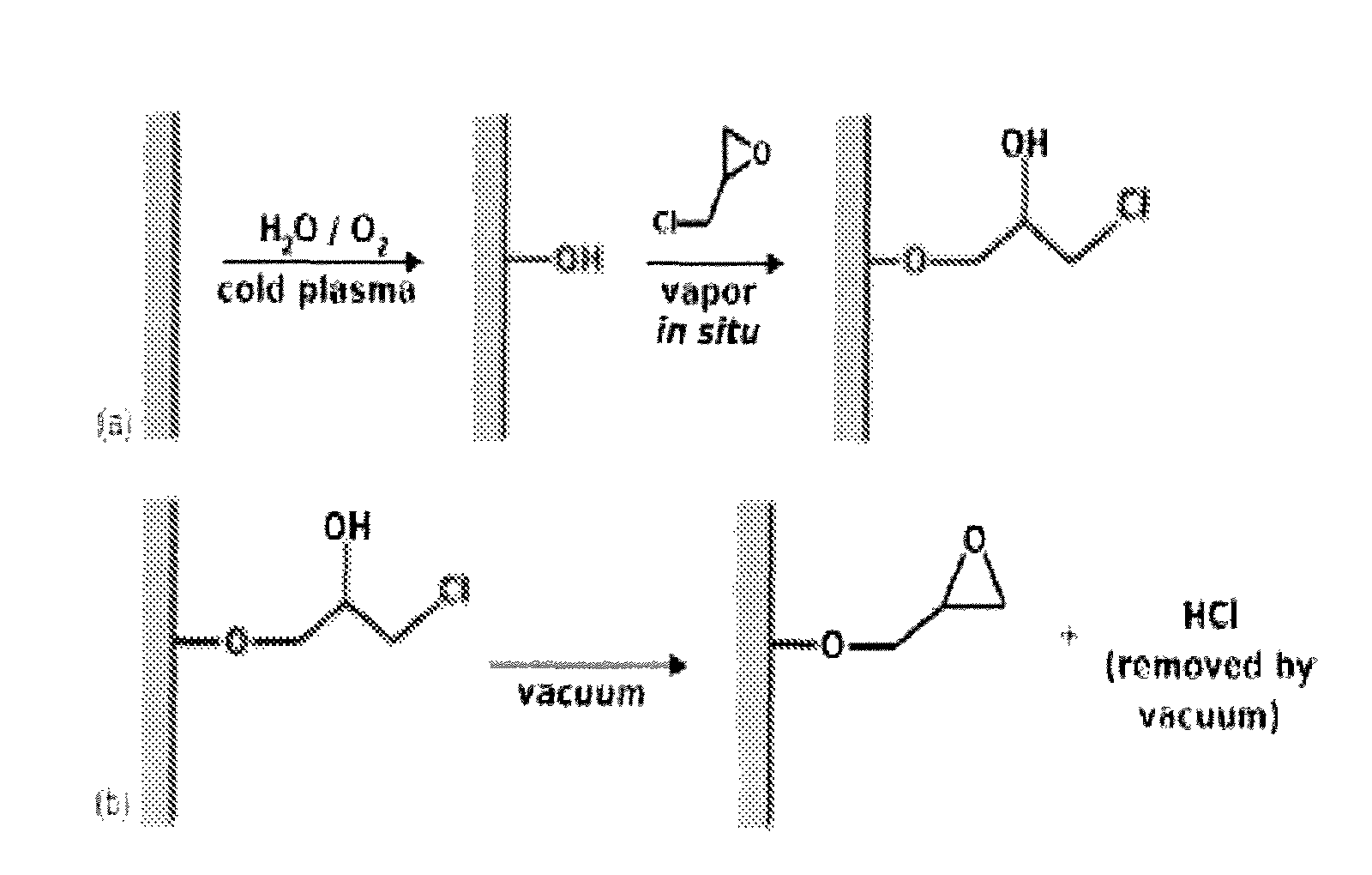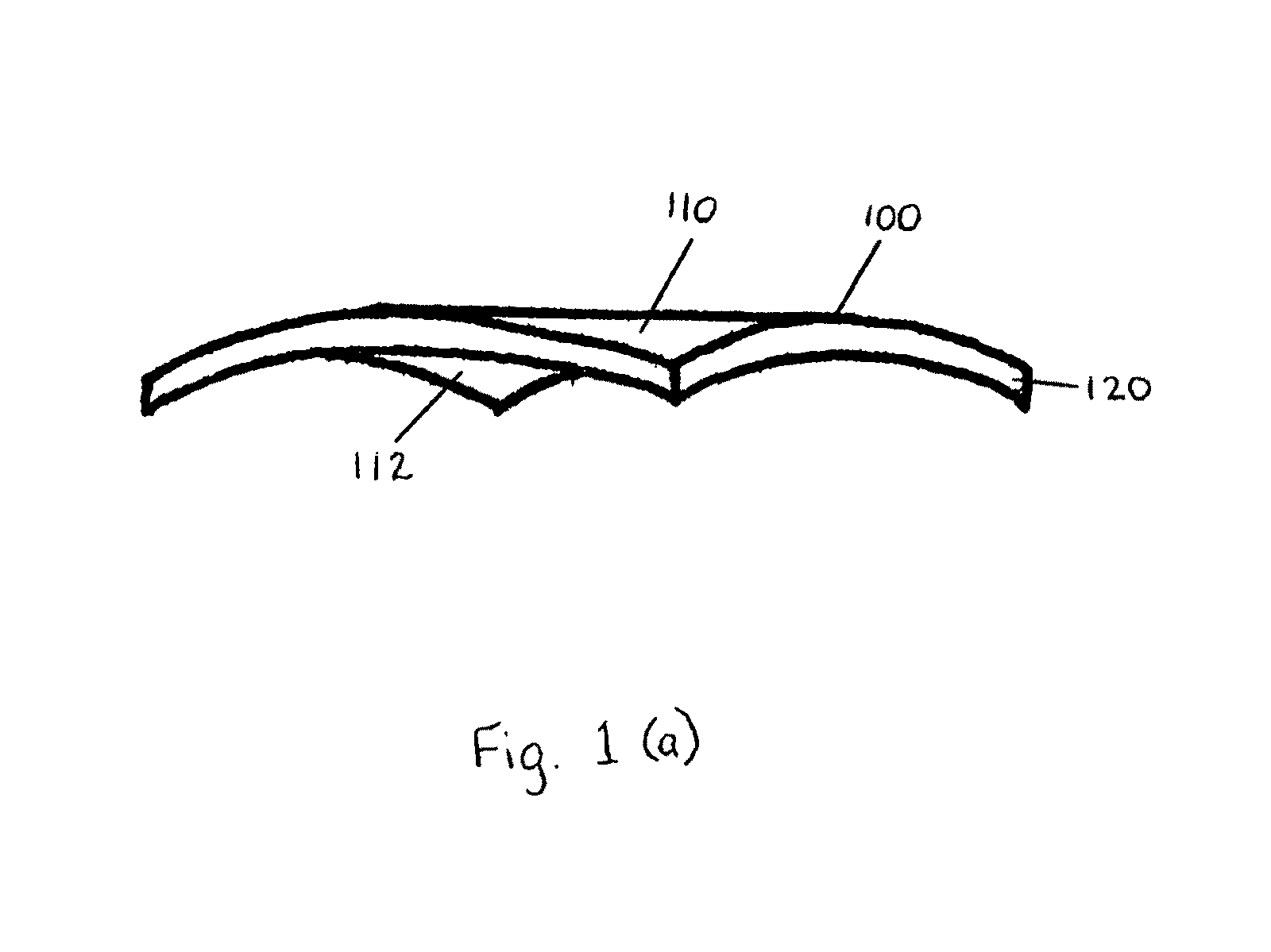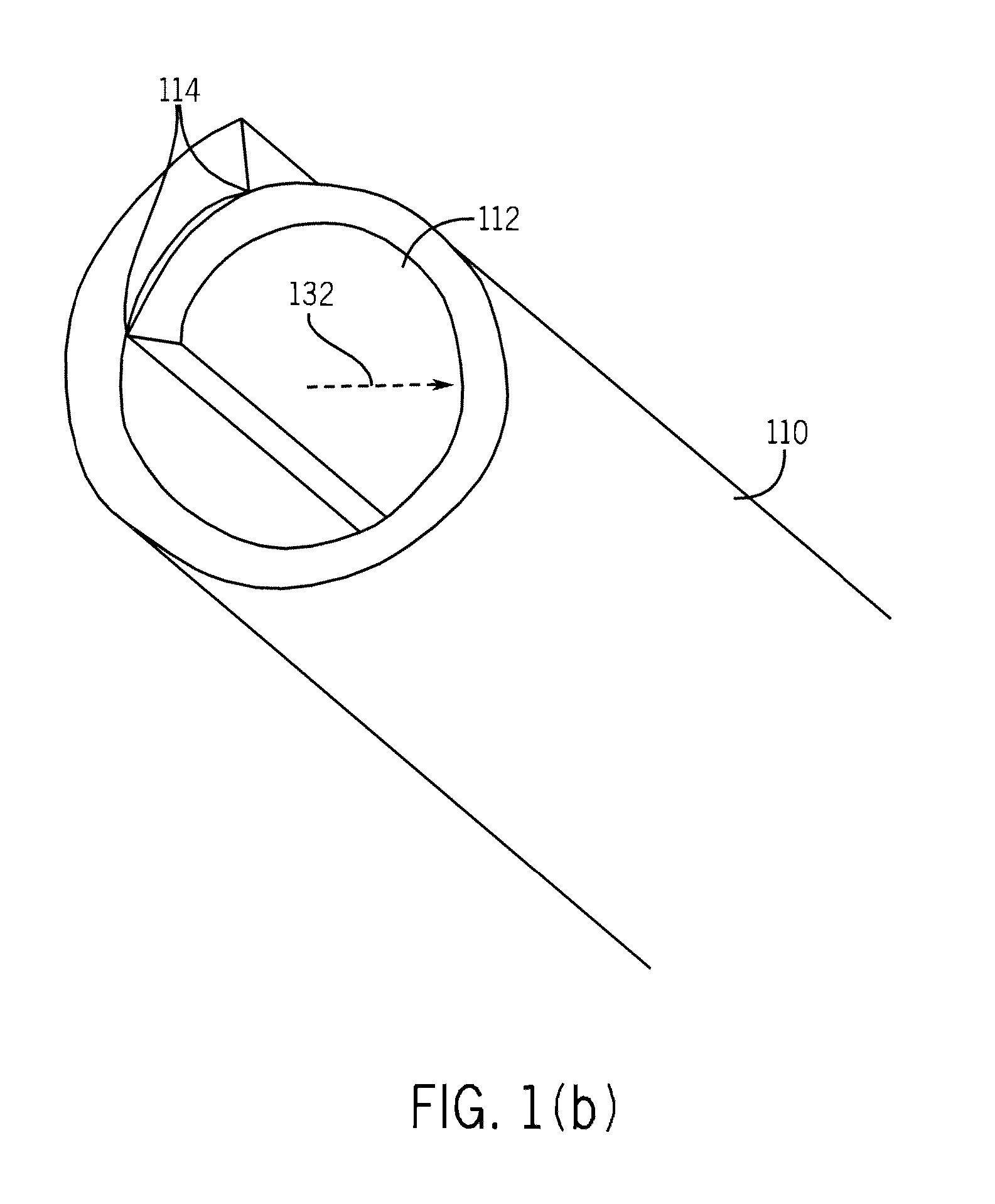Nanomembranes for remote sensing
a technology of nano-scale membranes and remote sensing, applied in the direction of material analysis through optical means, instruments, and converting sensor output using wave/particle radiation, etc., can solve the problems of tens of thousands, millions, or billions of networked wireless sensors that are far from being realized, and the current understanding of their design and management is far from compl
- Summary
- Abstract
- Description
- Claims
- Application Information
AI Technical Summary
Benefits of technology
Problems solved by technology
Method used
Image
Examples
example 1
[0052]Membranes comprising a 20 nm layer of Si on top of a 45 nm layer of SiGe were fabricated with lateral dimensions of 8 microns-by-230 microns. The membranes were released from the underlying substrate with concentrated hydrofluoric acid. Dry membranes were curled to form a helix shape and a screen-capture shot of the membranes was taken at t=11.93 s. When an iso-propyl alcohol (IPA) droplet approached the membranes, the membranes uncurled into a substantially flat state, as confirmed in the screen shot taken at t=14.27 s. When the membranes were completely submersed in IPA, they resumed their curled, helical shape. A similar effect was seen using acetone as the analyte.
PUM
| Property | Measurement | Unit |
|---|---|---|
| thickness | aaaaa | aaaaa |
| thickness | aaaaa | aaaaa |
| thickness | aaaaa | aaaaa |
Abstract
Description
Claims
Application Information
 Login to View More
Login to View More - R&D
- Intellectual Property
- Life Sciences
- Materials
- Tech Scout
- Unparalleled Data Quality
- Higher Quality Content
- 60% Fewer Hallucinations
Browse by: Latest US Patents, China's latest patents, Technical Efficacy Thesaurus, Application Domain, Technology Topic, Popular Technical Reports.
© 2025 PatSnap. All rights reserved.Legal|Privacy policy|Modern Slavery Act Transparency Statement|Sitemap|About US| Contact US: help@patsnap.com



